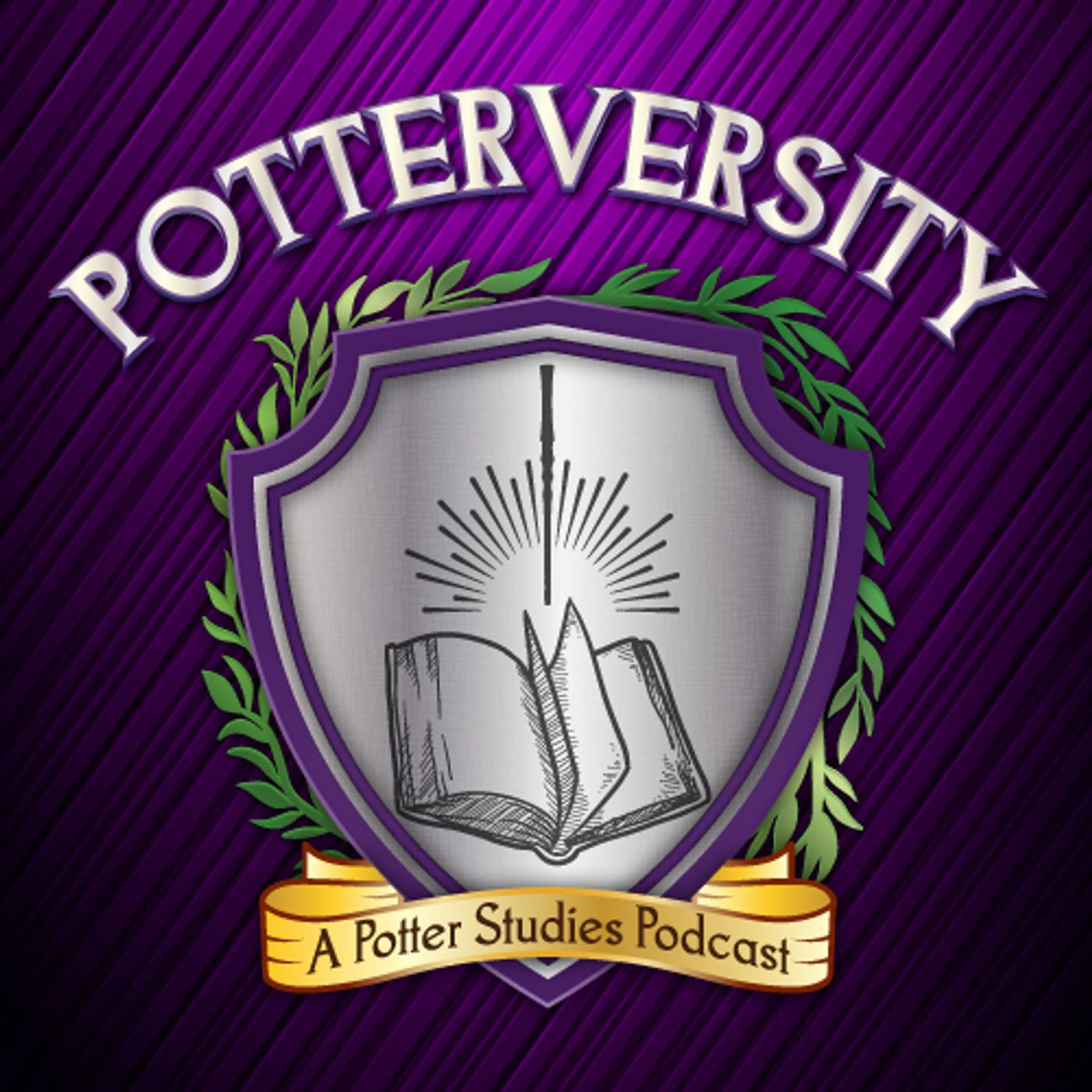Potterversity Episode 12: Harry and Aeneas in the Underworld
Description
Harry’s explorations of loss, grief, and the nature of death borrow heavily from classical visions of the underworld, especially Virgil's Aeneid.
In this episode, Katy and Emily talk to Dr. Vassiliki (Lily) Panoussi, Chancellor Professor of Classical Studies at William and Mary, about references in Harry Potter and the Deathly Hallows to Virgil's Aeneid. Lily tells us about this ancient Roman origin story, which also references classical Greek texts like The Iliad and The Odyssey. It explores themes like heroism, sacrifice, community, friendship, and grief. Virgil's story about Aeneas's journey was immediately influential in the Roman Empire and remained so throughout western literary history. Lily explains that J.K. Rowling seems to consciously draw on the epic structure and themes of this classical story, particularly to serve a similar purpose as "a foundational epic that will have impact on the real world." Like Aeneas, Harry is supposed to usher in a new global era.
Lily teaches us about katabasis, or descent, used to describe underworld journeys. Travel to the world of the dead plays a crucial role in the hero’s development in ancient Greek and Roman literature. Harry, too, has underworld journeys that shape him in each book, including the Mirror of Erised, the Chamber of Secrets, the tunnel under the Whomping Willow, the graveyard, the Department of Mysteries, and the caves of Inferi. Deathly Hallows multiplies the number of underworld journeys for our hero. Harry's visit to Godric's Hollow evokes Aeneas's trip to Buthrotum, a town that represents his old life and also helps him move through his feelings of loss and grief and back to the world of the living. We also learn about ancient-world death rituals, including games, that helped people deal with loss without ceasing to live themselves. Lily provides a nuanced reading of Harry's burial of Dobby based on parallels with The Aeneid that will make you think of it in a new, profound way.
We also learn about connections to the story of the King of the Wood and Aeneas's quest for the Golden Bough, which are evoked in not only magic wands but also another magical object that might surprise you. There are several symbolic cues to Harry being in the liminal space between life and death. King’s Cross Station is just such a liminal space at the end of Deathly Hallows, and we have a vibrant discussion of how it specifically references classical underworld experiences. This scene is the culmination of several lessons in leadership for Harry and provides a rebirth from which Harry can establish a new, more peaceful era for wizarding society.
Emily and Katy provide the Muggle News for our special segment, with information on upcoming conferences for Potter scholars. Check out the Harry Potter Academic Conference and the Southwest Popular and American Culture Conference. Let us know if there are conferences or festivals you love in the Potterverse!
More Episodes
Don't judge a book by its cover - this episode is about how looks can be deceiving in Harry Potter and Fantastic Beasts.
We're joined by Eizabeth Baird Hardy (Mayland Community College) to discuss her chapter in The Ivory Tower, Harry Potter, and Beyond, "Muggle Worthy: Deceptive Exteriors and...
Published 11/11/24
Published 11/11/24
In the spirit of the spooky season, this episode is all about spirits and specters in the wizarding world.
Emily and Katy, who recently published a new article titled "Harry Potter and Historical Witness: The Pensieve and the Time-Turner," are joined by Louise Freeman, fresh off our two-part...
Published 10/14/24


